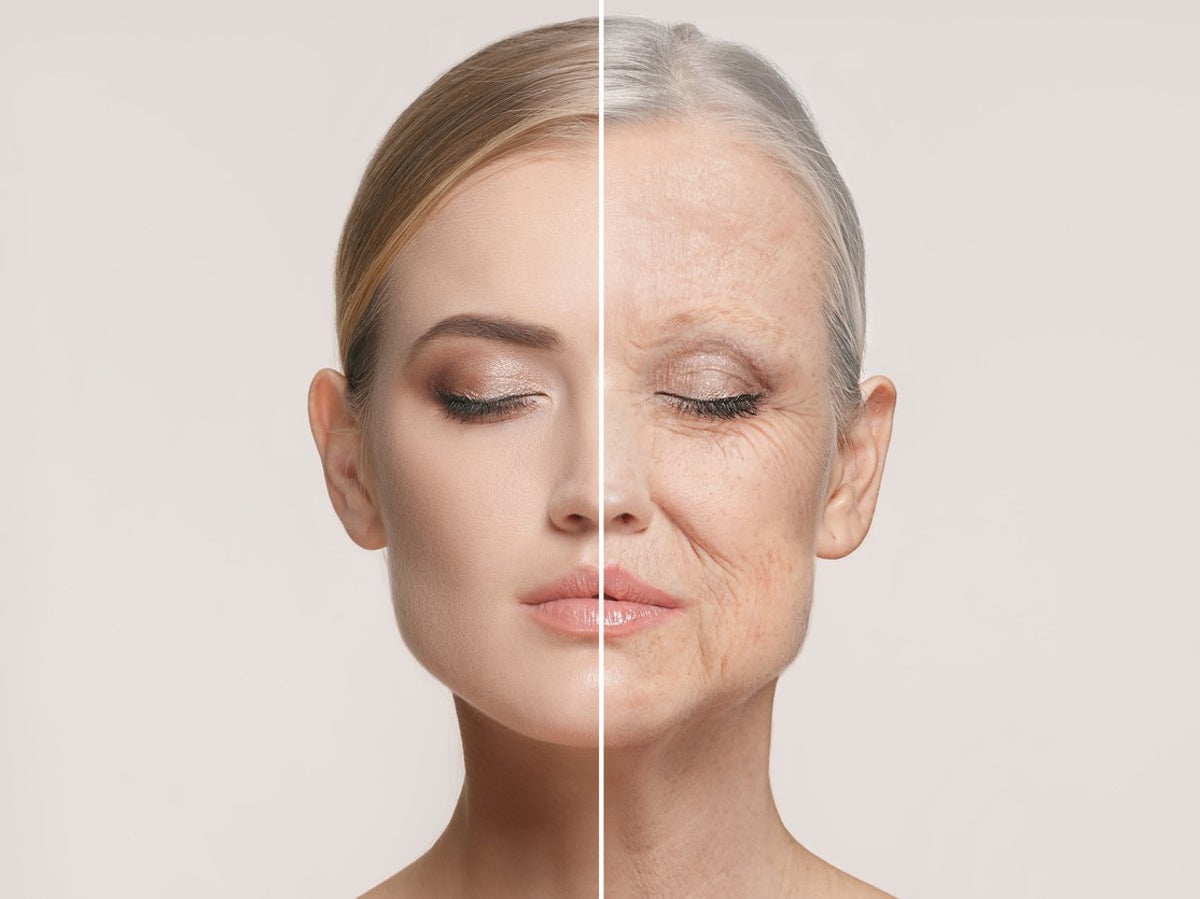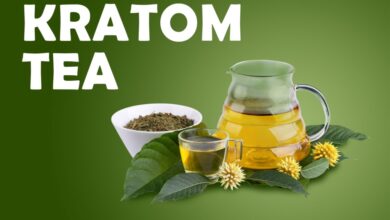Novice Guide To Knee Osteoarthritis

Introduction to Knee Osteoarthritis
Osteoarthritis might include:
- Inflammation of tissue around a joint
- Damage to joint cartilage
- Advancement of bone spurs around the joint
- Deterioration of tendons and ligaments
Osteoarthritis can grow at any age yet is more common in adults over 40 years or people who have a background of joint injury.
Symptoms of knee OA might include:
- Worsening discomfort during or following usage, particularly with hiking, climbing up, or coming down stairs, or transiting from a sitting to standing position
- Pain or tightness after sitting with the knee bent or straight for an extended time period
- A feeling of popping, fracturing, or grinding when moving the knee
- Swelling following activity
- Tenderness to touch along the knee joint
Usually these signs and symptoms do not occur all of a sudden or at one time, however instead build gradually in time. In some cases people do not notice they have osteoarthritis due to the fact that they can not remember a specific time or injury that induced their symptoms. If you have had intensifying knee pain for numerous months that is not reacting to rest or a modification in activity, it is best to seek the recommendations of a Singapore physio
provider.
Common Physiotherapy Treatment Approaches
Range-of-motion exercises
Unusual movement of the knee joint can bring about a worsening of OA symptoms when there is additional stress on the joint. Your physiotherapist will assess your knee’s range of movement compared with expected normal activity and the movement of the knee on your uninvolved leg. Your range-of-motion exercises will focus on boosting your capability to flex and straighten your knee, along with improve your pliability to enable for raised motion.
Bracing
Compressive sleeves placed around the knee might help in reducing discomfort and swelling. Devices such as adjustment and off-loading braces are utilized to adjust the forces put on the knee. These braces can assist “unload” certain regions of your knee and shift contact to much less agonizing areas of the joint throughout weight-bearing activities. Depending upon your signs and symptoms and impairments, your physical therapist will assist identify which brace may be best for you.
Activity recommendations
Physical therapists are trained to recognize how to suggest exercises to people with injuries or pain. Since knee OA is a progressive disease, it is important to establish a particular plan to perform adequate activity to deal with the issue, while staying clear of excessive stress on the knee joint. Activity must be recommended and kept track of based on the type, regularity, duration, and intensity of your condition, with sufficient time allocated for rest and recovery. Study has revealed that people with knee OA who walked more actions per day were less most likely to establish functional troubles in the future. Your physical therapist will consider the phase and level of your knee OA and recommend a customized workout program to resolve your requirements and make the most of the function of your knee.



